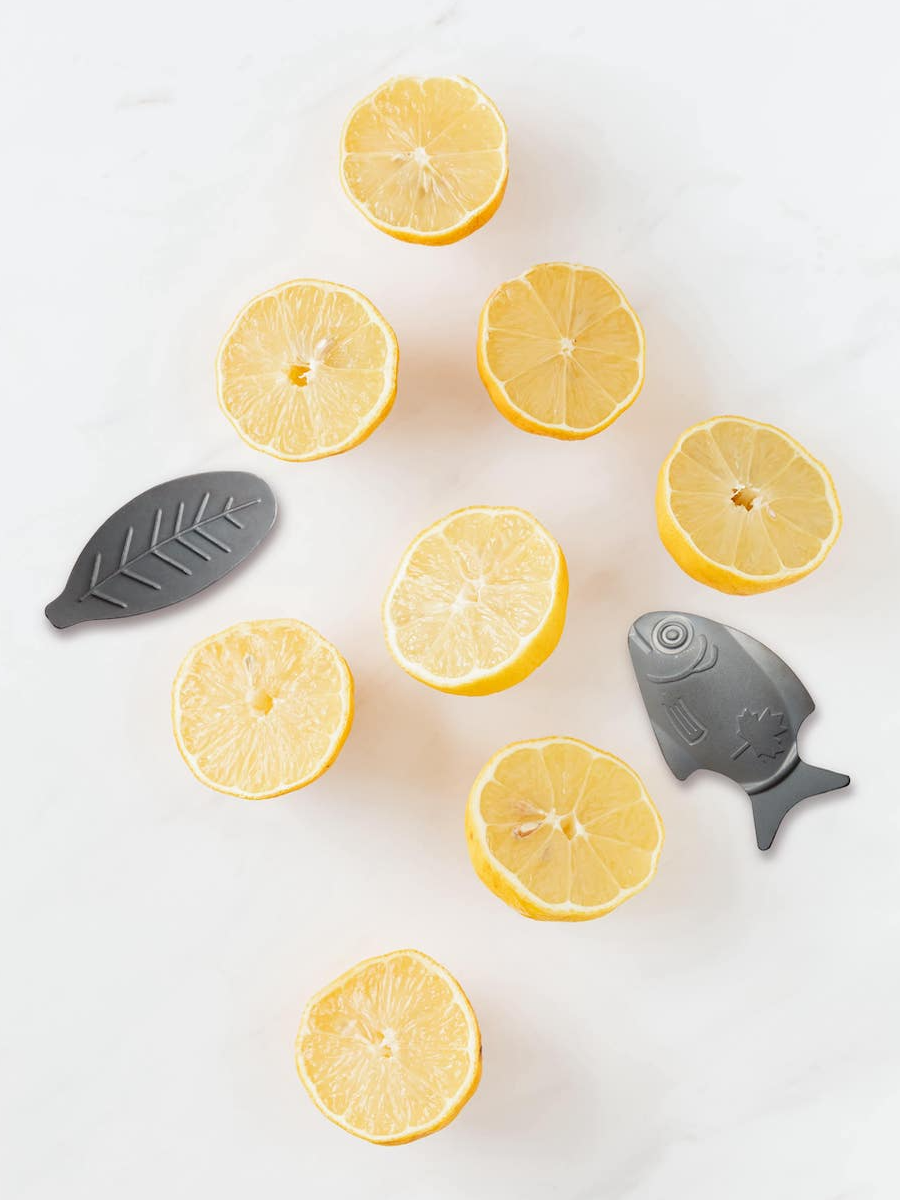Iron deficiency is the most common nutritional deficiency in the world and disproportionately impacts women and girls. Iron deficiency is both a factor and a fallout of gender inequality because of social and economic factors that make women and girls uniquely vulnerable to nutritional deficiencies.
Iron deficiency amplifies and exemplifies gender inequality because it causes fatigue and impaired cognitive function, which lowers learning and wage potential. It weakens the immune system, which increases the risk of infections and poor health. Maternal anemia is associated with poor pregnancy outcomes such as miscarriage, stillbirths, prematurity, and low birth weight which means that poor nutrition is passed down through generations. The scale and consequences of undernutrition, micronutrient deficiencies, and anemia in girls and women is often overlooked and underrecognized and, in the face of cascading global health, economic, and food crisis, it is likely there will be even more cases. Anemia can cause fatigue and lead to lower productivity. For every $1 US dollar invested in interventions aimed at reducing anemia in women (iron and folic acid supplementation for non-pregnant and pregnant women, intermittent preventive treatment of malaria in pregnancy and fortification of cereals with iron) produces a $12 economic return. The failure to address iron deficiency in women and girls consigns millions of women and girls to lower socio-economic status and poor health and generations of children to impaired development and learning. As a result, IDA traps women and girls in a cycle that perpetuates their inequality.
Despite the investment and effort, almost every country in the world has a high level of iron deficiency.
Lucky Iron Fish (LIF)
Lucky Iron Fish and its interventions consider the individual realities, pressures, needs, vulnerabilities. The Fish is used as a cooking tool to fortify meals with natural iron which reduces the prevalence of anemia, including women and children. Women comprise the majority of the world’s poor and in poor households, women play a critical role in ameliorating the effects of poverty, especially for children and infants. As women are the primary caretakers in the home, they are able to use this tool to ensure every member of their family receives the proper amount of iron to optimize their health. As such, the Fish supports women and girls to overcome harmful gender practices such as eating last and least.
The Fish is a culturally sensitive, scientifically proven innovation to fortify meals with natural iron and reduce the prevalence of anemia in women and children. Clinical work on the Fish has been published by independent academic institutions to demonstrate its safety, efficacy and impact. Preparing meals or boiling water with the Fish ingot and a few drops of citrus/acid for 10 minutes releases a consistent amount (6-8mg) of iron that fortifies the meal. Feedback and other assessments indicate that the iron does not affect the taste or color of the food and so far, no side-effects have been reported. The ingots are designed to appeal to the end-user to improve compliance. As a result, compliance levels have been shown to be high (>90%) in many places. Cooking with the iron ingots can be used by a family of up to 5 for 5 years. Therefore, not only are the ingots simple to use but they are affordable. LIF runs train the trainer programs that take a gendered approach to address nutrition and include training on gender equality to address the gendered root causes of IDA. The Fish can be used along the continuum of care for mothers and children, beginning in pre-pregnancy. The Fish empowers families, communities, and in particular, women/girls to have agency over their own nutritional status.
LIF Program Integration
Linear programming has demonstrated that food based strategies alone might not be sufficient to meet the dietary needs of women. Therefore, it is important that nutrition programming also consider fortification approaches to complement food based strategies.
Lucky Iron Fish has partnered with NGOs and conducted field trials in Benin (CARE), Tanzania (World Vision) and Senegal (Catholic Relief Services), Guatemala (Hearts in Motion), Peru (Health Bridges International), India (Smile Foundation). These projects have used a train the trainer model run by LIF with support from local partners and academic institutions.
The 2021 program in Benin took a gendered approach to address nutrition and included training on gender equality. By the end of the program there was an improvement in women’s nutritional knowledge regarding dietary diversity. At baseline 8% of women reported knowing if they ate iron rich vegetables, by endline 88% of women were able to identify iron rich vegetables and if they were eating them. The programs focused on educating women in increasing meal diversity using locally procured foods. At baseline, 57% of women reported making only recipes which consisted of beans, couscous, tomatoes, rice, yams, and fruit but very few leafy green vegetables (which are rich in iron). At the endline women reported an increase in dietary diversity with 64% making dishes containing leafy green vegetables >3 times a week. At baseline 20% of women reported being financially literate, at end line, 81% reported being financially literate.










